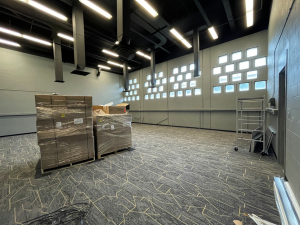About
Scope
The Transportation Research and Visualization Lab (TRAVL) has been engineered to address modern and future transportation needs by utilizing immersive virtual simulation and human sensing methodologies and technologies.
Transportation needs can be highly complex, spanning multiple disciplines and priorities. To address these needs, TRAVL was developed to merge methodological research practices, foster institutional collaboration, and promote interdisciplinary approaches to transportation research and development.
Methodological
TRAVL utilizes and merges multiple methodological approaches including real-world experimentation, immersive virtual simulation, stated preference feedback, and physiological sensing to comprehensively explore nascent transportation designs, technology, and infrastructure.
Institutional
Cross-institutional collaboration is paramount for addressing transportation needs and inform policy and decision making. TRAVL aims to foster collaboration between academic research, policy makers, industry workers, and state, local, and federal government.
Interdisciplinary
TRAVL promotes interdisciplinary projects, research, and development including, but not limited to, transportation safety, roadway design, human factors, computer science, software engineering, rehabilitation, clinical research, training, and education.
TRAVL capabilities

The TRAVL lab, currently under construction, brings together every virtual reality transportation and driving simulation at the University at Buffalo.
Some of the capabilities of TRAVL include:
- Utilizing virtual, mixed, and augmented reality to interact with immersive virtual environments
- Replicating real-world locations and operations as digital twins
- Designing and testing alternative roadway safety treatments prior to construction
- Developing and testing connected and autonomous vehicle technologies and operations prior to deployment
- Investigating multimodal datasets to better understand human behavior, safety, and perception and much more!